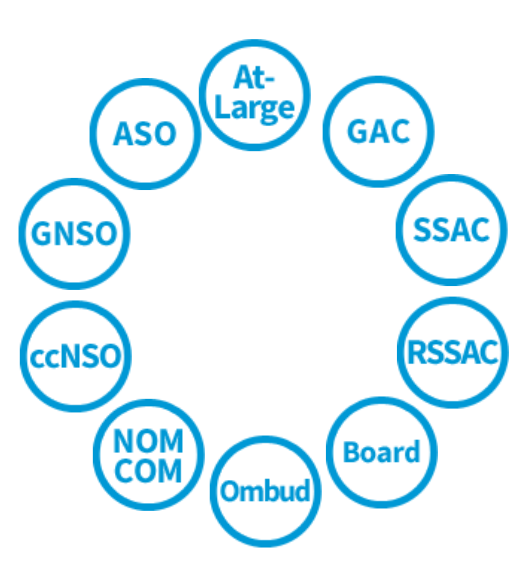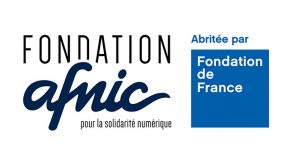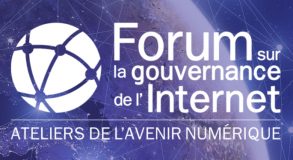Created in 1998 by the Clinton Administration to ensure the “privatisation” of Internet governance which had been overseen by American universities and research centres up until then, the acronym ICANN is well-known to those working in domain names.
And yet, its philosophy, its specific missions and its organisation remain largely unknown. This series of publications will lift the veil of mystery and perhaps help our readers better interact with ICANN.
The two previous articles respectively looked at the early days of Internet governance, the context of ICANN’s creation and the four broad characteristics of its functioning. In this article, we will analyse ICANN’s organisational structure and explain the role of its multiple stakeholders1.
The complexity of ICANN’s organisational structure stems from a relatively ambitious remit: building, from scratch, a deliberative and, up to a certain point, decision-making structure encompassing stakeholders from around the world and of diverse backgrounds.

At the centre of this organisational structure is a Board2 composed of 20 individuals, elected or appointed by various bodies:
- The President & CEO: 1 member
- Nominating Committee: 8 members including the Chair
- ASO (Address Supporting Organization): 2 members
- ccNSO (Country-Code Names Supporting Organization): 2 members
- gNSO (Generic Names Supporting Organization): 2 members
- At-Large Community: 1 member
In addition to these 16 individuals are 4 “Liaisons” that are non-voting members:
- 1 for the IETF (Internet Engineering Task Force)
- 1 for the SSAC (Security and Stability Advisory Committee)
- 1 for the RSSAC (Root Server System Advisory Committee)
- 1 for the GAC (Government Advisory Committee)
- 1 for the SSAC (Security and Stability Advisory Committee)
There are thus 16 voting members, 6.25% of whom are selected by the President & CEO, 50% by the Nominating Committee, 12.5% by the ASO, ccNSO and gNSO, and 6.25% by the At-Large Community, that is to say user representatives.
The Board members are also divided into 10 ad hoc committees:
- Committees involved in the administration and oversight of ICANN:
– Compensation: 5 members
– Executive: 4 members
– Board Governance: 7 members
– Strategic Planning: 9 members
- Committees involved in the management of ICANN:
– Accountability Mechanisms: 7 members including 1 non-voting
– Audit: 6 members including 1 non-voting
– Organizational Effectiveness: 6 members
– Finance: 7 members including 1 non-voting
- Committees involved in risk management:
– Risk: 7 members including 3 non-voting
– Technical: 10 members including 3 non-voting
By looking at the composition of the Board members and their “origins”, we have identified several key components of the ICANN ecosystem:
- “Supporting Organizations”, totalling 3: ASO, gNSO, ccNSO
- “Advisory Committees”, totalling 4: GAC, SSAC, RSSAC, ALAC (At-Large)
- A “Nominating Committee”, of utmost importance in selecting future Board members
- An organisation that, although not a component of ICANN, works closely with it: IETF
We will be looking at these various Internet governance bodies in more detail in the next part of this series.
1 – https://www.icann.org/community#groups
2 – https://www.icann.org/resources/pages/board-of-directors




